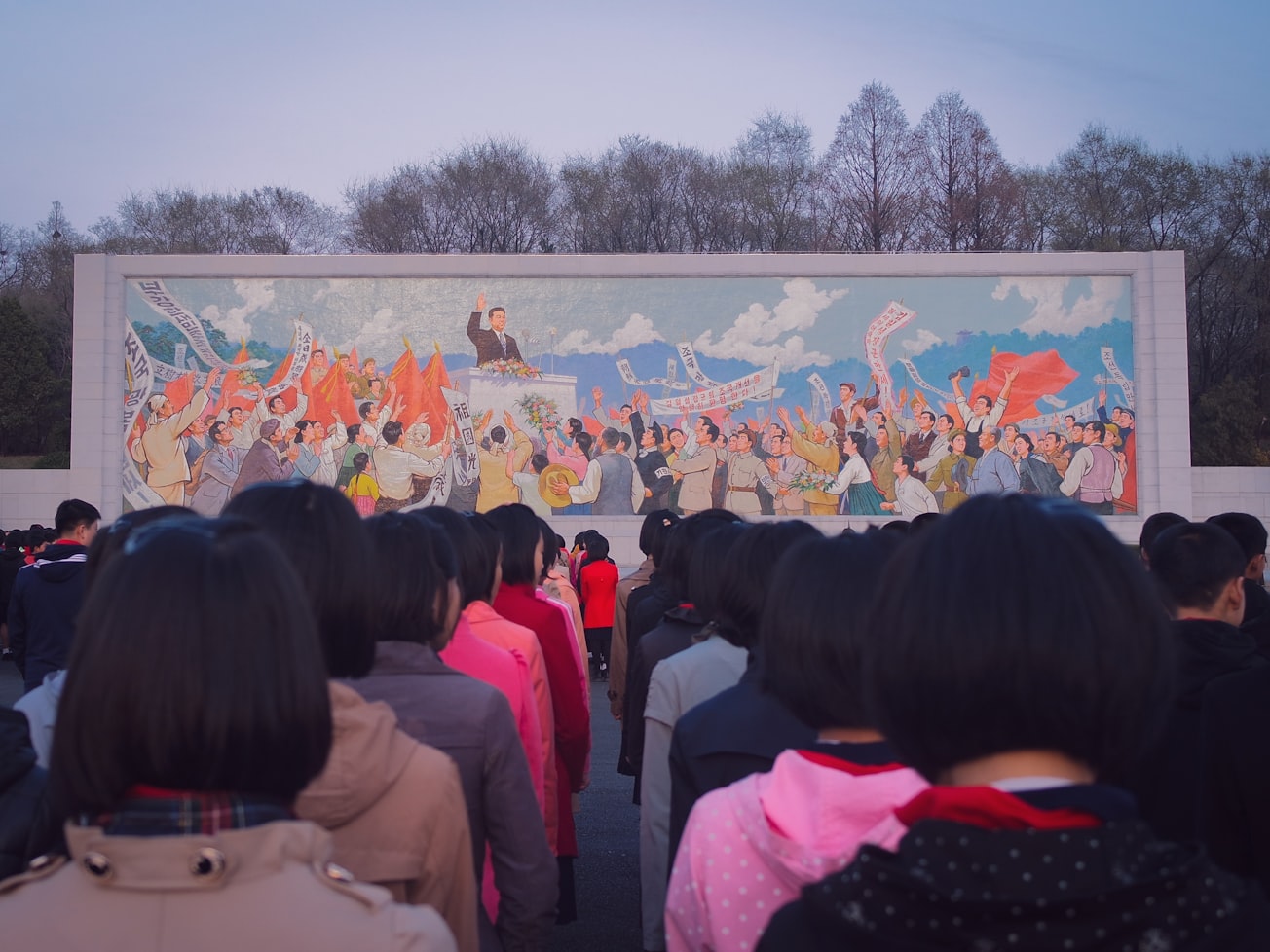What is it about?
This article delves into the development of the revolutionary tradition in North Korea between the late 1950s and the early 1960s during the Collima Movement. This study focuses on how the anti-Japanese guerrilla wars led by Kim Il-sung in the 1930s came to constitute the master narrative of North Korea's revolutionary tradition. It also introduces how artists' field trips to revolutionary sites, collective modes of art-making and evaluation, and writing contributed to establishing the revolutionary tradition and decolonizing the former colonial subjects of North Korean artists.
Featured Image

Photo by Thomas Evans on Unsplash
Why is it important?
Art historians have not paid full attention to the revolutionary tradition of North Korea that began to form in the late 1950s. My article introduces the multiple layers of the revolutionary practices performed by North Korean artists as a means of decolonization in the nascent state of the personality cult of Kim Il-sung.
Perspectives
I thank the Institute for Humanities Research at Duksung Women's University for inviting me as a guest speaker in the symposium Unification Culture and Contents in May 2021.
Dr Victoria Young Ji Lee (이영지)
State University of New York Korea
Read the Original
This page is a summary of: De-Colonization and the Identity Formation of North Korean Artists -The Establishment of the Revolutionary Tradition between the late 1950s and the early 1960s-, Journal of Humanities, August 2021, Duksung Women's University The Institute for Humanities Research,
DOI: 10.31658/dshr.33.3.
You can read the full text:
Resources
Contributors
The following have contributed to this page







